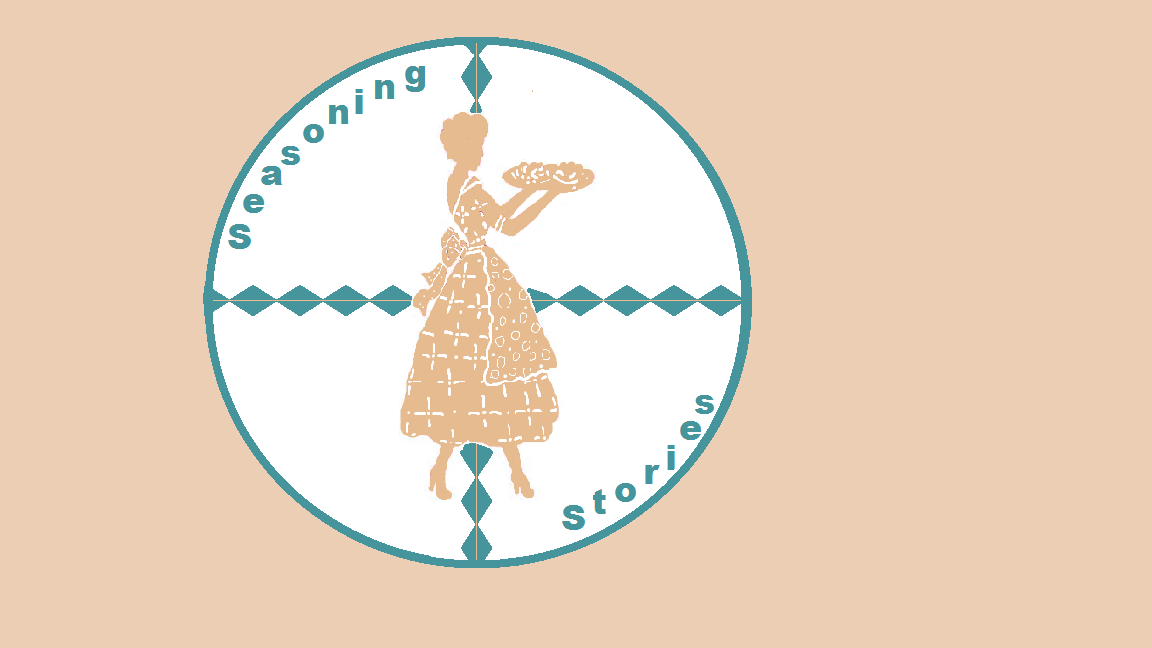As a cultural historian I'm very interested in the history of food and food studies. Higman's How Food made History (2012) is a fairly recent food study about how food has shaped the (cultural) history of mankind. How Food made History is also a good starting point on my path of sharing food studies with you all, because it offers not only a historical and geographic overview but also explains how food can act as a research object.
You might not always be aware of all the choices you make considering your food and how you eat it. For example: answer the questions written below about a regular evening meal in your home and discover in what way your choices are influenced by cultural or social rules and rituals:
- do you cook your own food or is someone else doing the cooking for you?
- do you eat in the privacy of your own home or do you go outside to eat?
- do you cook your food or do you eat it raw?
- do you eat together or do you eat alone?
- do you share your meal with others eating from the same pot or do you eat from your own plate?
- do you eat with your hands or do you use cutlery?
- do you divide your meal into several courses or do you serve everything at once?
Food as a research object.
The historical research of food focusses on choice. Our food choices are a form of social distinction, therefore Higman uses the term social nutrition. Because no human being can survive without food it its connected with every human being that ever lived in every corner of the world. At the same time you can choose for yourself what to eat and what not to eat. Of course you can only do so if the circumstances allow you to be picky. The abundance of food we experience nowadays is a relatively new and not a worldwide phenomenon. Food has been a driving force behind social, cultural, economical and political delevopments for the largest part of human history. Because the one who controlled the food supplies held the power over the ones who did not.
Pleasure versus pain.
The field of historical food studies is dominated by two opposite paradigms: that of pleasure and that of pain. The pleasure paradigm focusses on the positive, happy side of food: nutrition, flavours and tasting, cooking and recipes, preserving and culinary techniques. The pain paradigm focusses on the negative side of food: obesity, eating disorders, dieting, or the lack of food: famine, malnutrition and food shortage. In How Food made History Higman wants to bring these two paradigms together, beceause he regards these two paradigms as two sides of the same medal.
Stay tuned!
Acknowledgement:
B.W. Higman, How Food made History (2012). 

No comments:
Post a Comment